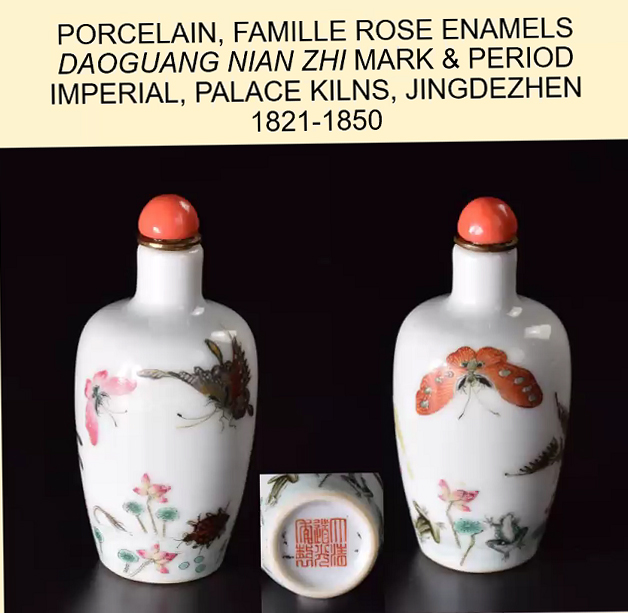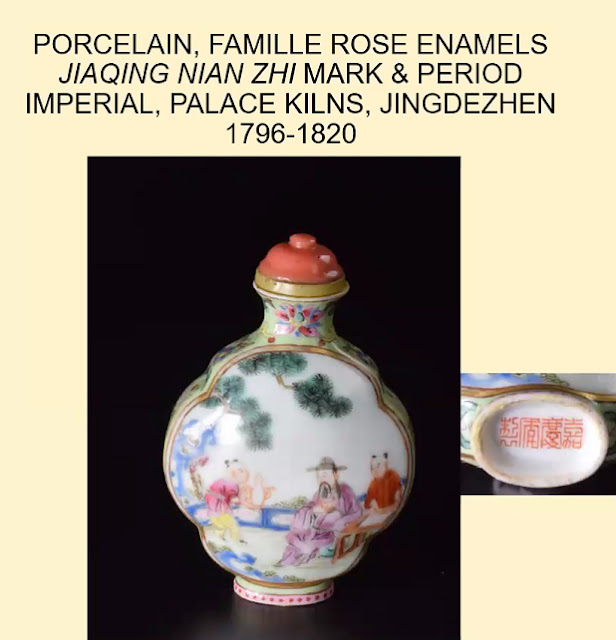by Patricia Frischer
 |
| Tourmaline Snuff bottle, like that mined in North County San Diego for the Chinese Empress. |
Clare Chu, curator for the current special exhibition at the San Diego Chinese
Historical Museum, Miniature Treasures of the Qing
Dynasty & Beyond, gave a zoom
presentation on Chinese snuff bottles and their place in history.
With the discovery of tobacco, and it use by
the elite, snuff bottle in China initially became status symbols. These bottles
were made of a variety of materials including glass, metal and enamel,
porcelain, and various stones – like jadite, amber, tourmaline, nephrite,
crystal, agate. Materials are both opaque and translucent and use a variety of
techniques to apply decorative carved and painted surfaces.
There was a short discussion about collecting bottles, cleaning then, matching
often lost caps and fakes and forgeries. Ms. Chu is a snuff bottle dealer and
was joined by Courtenay McGowen , a collector of the same.
Although the bottles were presented in chronological
order, I am presented them here in a sort of visual order. Diving deep into any
subject is always fascinating and worthwhile. You can move from here to European snuff boxes
which are often highly jeweled and reflect that western sensibility.
The exhibition is at the Dr. Sun Yat-Sen Memorial Extension. It will run through February 25, 2024.






























































